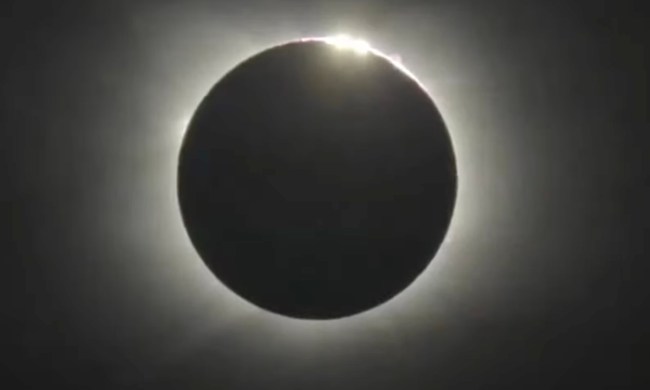NASA is calling on citizen astronomers in the U.S. to help it learn more about our sun.
It’s using April’s solar eclipse as an opportunity to conduct a special experiment in which millions of people can participate.
A video (top) released by NASA on Tuesday shows exactly how you can help with the SunSketcher project.
SunSketcher will help the American space agency learn more about the shape of the sun, which, it notes, is not perfectly round.
“Knowing precisely how the sun’s shape deviates from a sphere can teach us about its interior and test theories of gravity,” the agency said.
During the total solar eclipse on April 8, volunteers who download the SunSketcher app (available on iOS and coming soon to Android) will be asked to use a smartphone to capture views of the celestial event that will trace tiny slivers of sunlight streaking through the valleys on the lunar surface.
To take part, you’ll need to be in the eclipse’s path of totality where the moon completely blocks the sun’s light. For the upcoming eclipse, the path will run from Texas to Maine (NASA has precise details regarding the best places from which to view it).
The SunSketcher science team will combine volunteers’ images with precision maps of the moon collected by NASA’s Lunar Reconnaissance Orbiter to measure the sun’s size and shape accurately, the agency said.
The only downside to the experiment is that you’ll need another smartphone if you want to take photos of the eclipse, as the SunSketcher app requires constant video recording until after the event finishes.
As always with solar eclipses, be absolutely sure not to look directly at the sun without wearing special solar eclipse glasses or using a special safety device like an eclipse projector.


